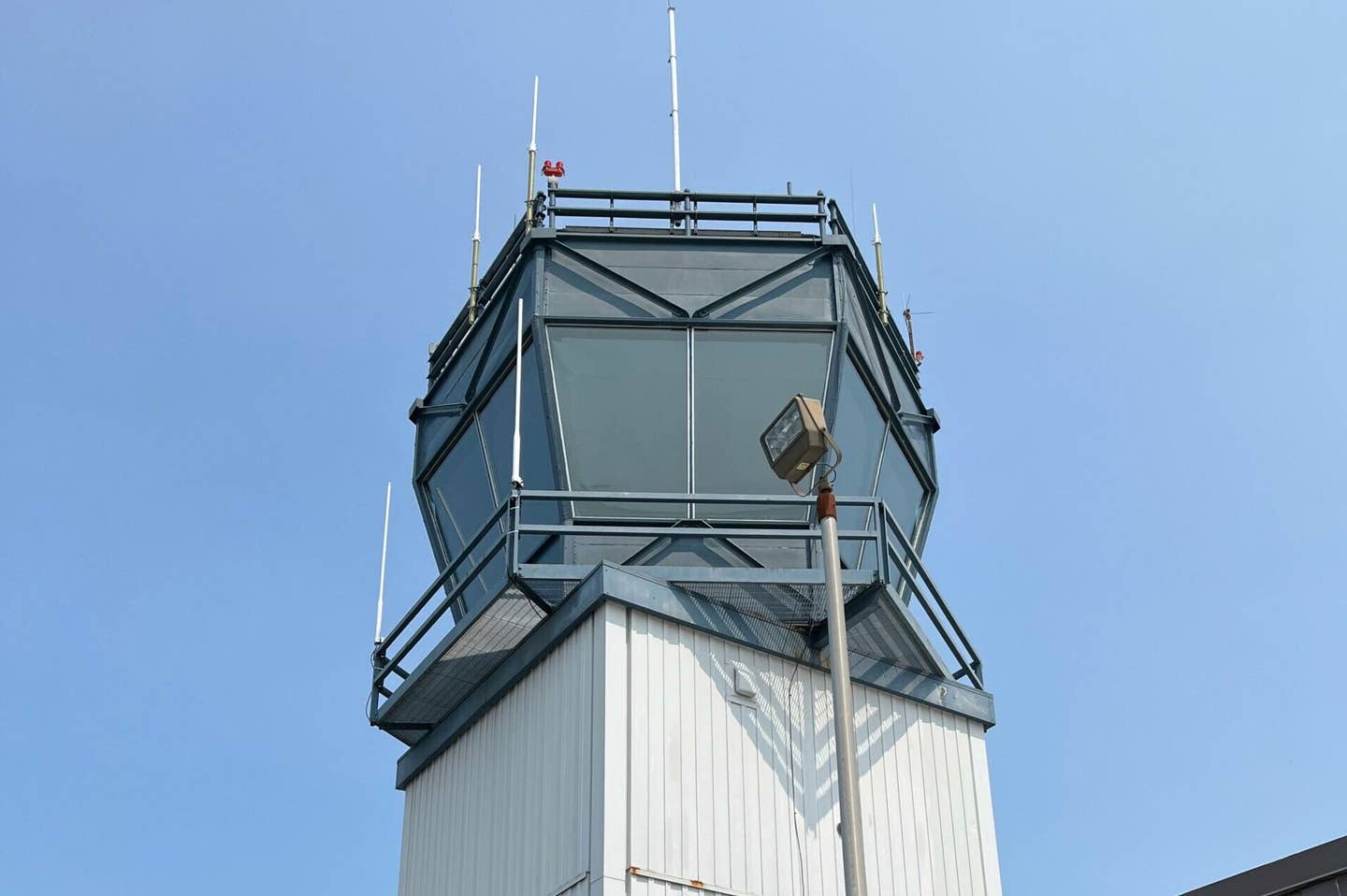What Is a Brasher Warning?
Here’s the story behind why air traffic control issues this ‘possible pilot deviation’ warning.

A Brasher warning issued by air traffic control is not intended to be punitive, according to the FAA. [Courtesy: Meg Godlewski]
Question: One of the old guys at the FBO was talking about getting his first Brasher warning in 30 years of professional flying for a possible violation. Is “brashing” pilot slang for something?
Answer: The pilot in question may have made a pilot deviation—like being at the wrong altitude—and was warned by air traffic control: “We have a number for you to copy, possible pilot deviation.”
- READ MORE: Who Checks the Localizer/ILS at an Airport?
It is called a “Brasher warning” as it was named after Captain Jack Brasher, a former Republic Airlines pilot who allegedly deviated from an assigned altitude during a flight between Chicago and Minneapolis-St. Paul in 1985.
According to the FAA, the deviation was approximately 700 feet. The crew was not informed of the deviation during the flight or after landing. Several months later, Brasher received notification that the FAA was investigating the alleged incident.
Given that several months and several hundred hours of flight had passed, neither Brasher nor his first officer had a clear recollection of the event.
- READ MORE: How Do I File a Pilot Weather Report Online?
The FAA determined that had the controller brought it to their attention immediately, the crew would have remembered the event and the circumstances surrounding it. Thus the procedure for immediate notification with the phrase “possible pilot deviation” was developed.
According to the FAA, the Brasher warning is not intended to be punitive but rather the goal is to gather information in a matter-of-fact way and learn from deviations to enhance safety.

Sign-up for newsletters & special offers!
Get the latest FLYING stories & special offers delivered directly to your inbox






